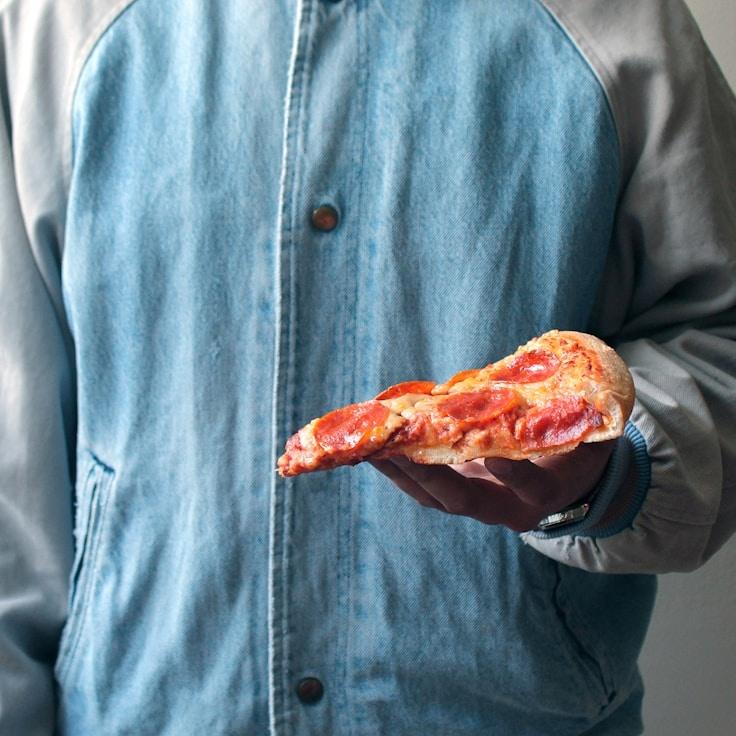At GentlePlain Pizzeria, our philosophy is that superior pizza begins with top-notch dough. With over thirty years refining our recipe, we're thrilled to reveal some key tips for you. Although the complete recipe is our trade secret, the following guidelines will enable you to make pizza dough of a professional standard in your own kitchen.
Importance of Flour Type
The cornerstone of any pizza dough is premium flour. 00 flour from Italy is our top choice, with precisely ground grains and a medium protein level of around 12%, creating an exquisite mix of elasticity and softness. If 00 flour is unavailable, a viable alternative is bread flour, but the texture will vary somewhat.
Optimal Water Temperature and Dough Hydration
Water temperature is crucial for controlling the dough's fermentation period and maturation. Use cooler water, about 45°F (7°C), for a slower fermentation that enriches the flavor, and warmer water of approximately 85°F (29°C) for faster results. Aim for a hydration percentage of 60-70% for best results in domestic ovens.
Reduced Yeast and Longer Fermentation
A key to delectable dough is minimizing yeast use and extending fermentation time. Our recipe calls for merely 0.2% fresh yeast based on the flour's weight, with a fermentation time of 24-48 hours. This gradual process allows rich tastes to develop and produces dough that is more digestible.
Salting Your Dough
Salt plays a crucial role not only in flavoring your dough but also in fortifying the gluten network and regulating fermentation. We suggest using fine sea salt at a proportion of 2.5-3% to the weight of your flour, adding it after the flour and water begin to merge to preserve the yeast's effectiveness.
Fermentation as an Art
Post-mixing, let your dough go through a primary fermentation at room temperature for a couple of hours, then portion it into balls. Put these in sealed containers and chill for 24-72 hours. During this period of refrigeration, the dough undergoes a transformation as enzymes convert starches into sugars, resulting in both the flavors and the golden-brown crust we take pride in.
Gentle Handling of the Dough
When you're ready to bake, remove the dough from the fridge 1-2 hours in advance. It's important to handle the dough carefully to maintain the air bubbles for the desired texture. Rather than rolling it out, use your fingertips to gently press and expand
Perfecting the Bake with Heat
Although our professional ovens reach 850°F (454°C), home ovens usually only heat up to about 550°F (288°C). To mimic the effects of a professional oven, preheat a pizza stone or steel for an hour, which will help to achieve that perfectly crisp crust with a light, airy middle.
The process of perfecting your pizza dough is continuous. Every batch is an opportunity to learn more about the dough and improve your craft. Keep track of the adjustments you make and experiment to find what suits your kitchen conditions the best.
For those interested in seeing how we work our dough magic, attend one of our pizza-making workshops led by Chef Luca. You can find the schedule of these monthly events in our calendar.

